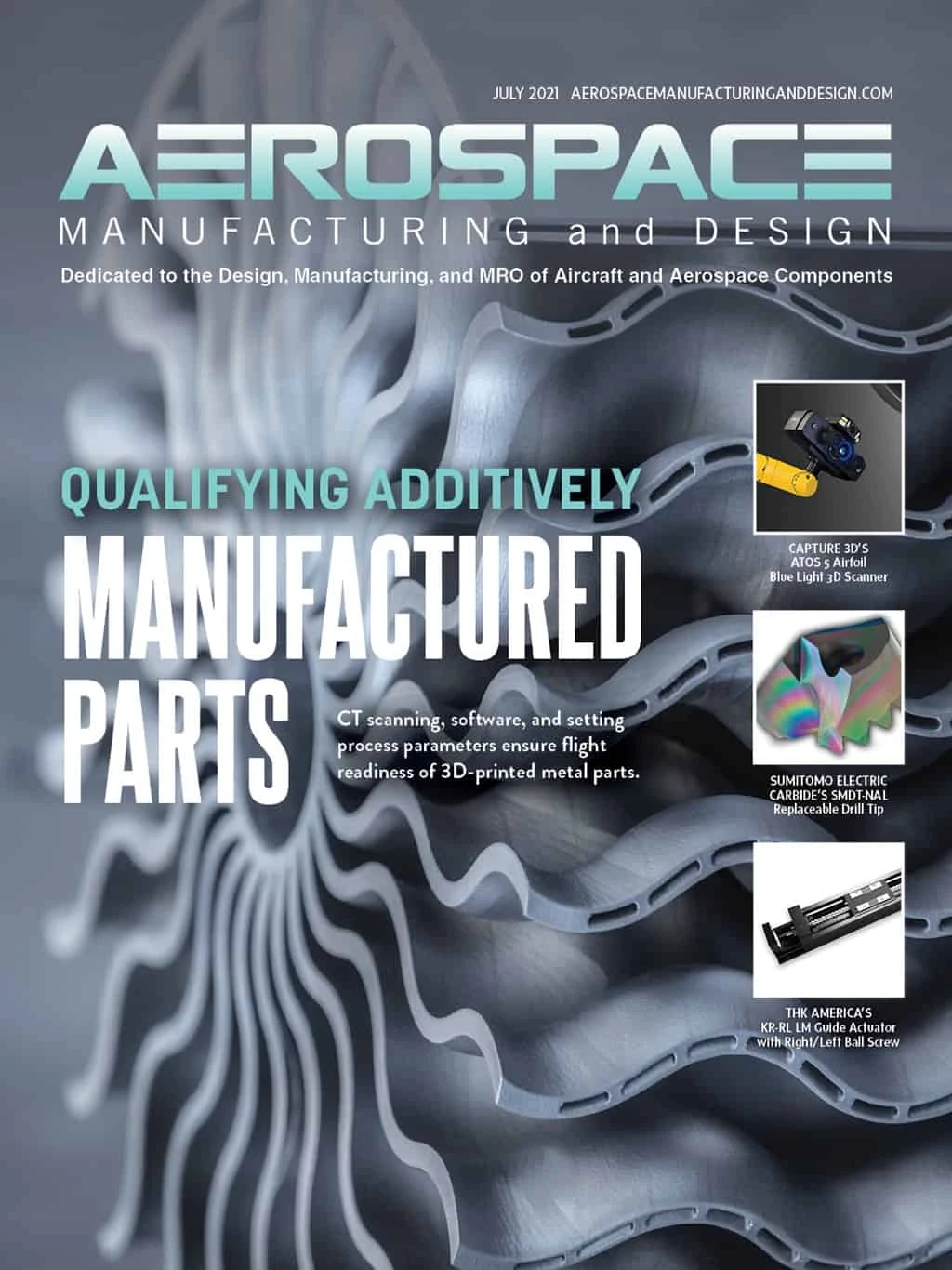
Compared to peers, aerospace companies that have automated accounts payable (AP) processes spend significantly less time and resources processing the hundreds or thousands of invoices their suppliers send each month. Before AP automation, most of these invoices arrived by mail or as emailed PDF files, requiring the AP team to manually input, code, and approve them in a slow, error-prone process that could take up 84% of their time.
This outdated, manual approach slows invoice processing and leads to undesirable outcomes. Not only do margins become thinner, but suppliers and employees must manually resolve invoice exceptions, resulting in inconsistent payment cycles and errors that frustrate both parties. Furthermore, in a COVID-19 world where a large part of the workforce is still remote, paper-based invoicing processes make business continuity difficult.
The good news is that aerospace companies can overcome these challenges by automating accounts payable and procure-to-pay processes. There are three primary reasons to do so.
1. Improve profit margins
Streamlining and transforming procure-to-pay (P2P) processes with AP automation improves cycle time, ensures accuracy, and enables straight-through processing of most incoming invoices. With an automation solution, aerospace companies can remove paper from AP while also eliminating invoice exceptions that require human intervention (e.g., an invoice that doesn’t match any purchase order). For example, one major U.S. defense contractor automated 88% of the roughly 25,000 invoices received from more than 15,000 suppliers each month.
By automating AP, companies can reduce the costs of internal processes, improving profit margins, and the AP team can now focus on more important areas of operations.
Additionally, AP automation provides real-time visibility into all invoices and more control over when they are paid. Chief financial officers (CFOs) can optimize cash flow and make better decisions with real-time visibility into outstanding liabilities.
When a company relies on manual processes, it’s difficult to take advantage of all the early payment discounts because AP may not be able to pay every invoice within the early pay discount window. Decreasing process time from days to minutes, firms can decide whether it’s worth paying an invoice early or waiting to extend their cash flow.
Although it might be a no-brainer for one aerospace company with a huge cash position to take advantage of every early payment discount, other companies might want to hold onto more cash, instead of taking a potential discount. In the latter scenario, the company would gain cost efficiency benefits of AP automation, while protecting cash flow by holding payment until it’s due.
2. Keep the supply chain intact
Aerospace companies depend mightily on their supply chains. If a supplier doesn’t send materials, equipment, or other components in a timely manner, an aerospace operator might not be able to fulfill its contracts, impacting revenue. To achieve their objectives, they need a supply chain that’s working efficiently.
If an aerospace company isn’t able to pay suppliers in a predictable, timely fashion, it shouldn’t be surprised if those suppliers decide to reduce favorable terms – or, at the very least, stop shipping goods on credit.
By paying suppliers on time, AP automation helps companies overcome these challenges and ensure their supply chain keeps humming. The supplier experience improves because suppliers have real-time insight into the status of their invoices and when they can expect payment.
3. Ensure business continuity
Although the number of teams working from home has been steadily increasing through the years, COVID-19 forced many businesses to rapidly adapt to remote work early in 2020. Companies that were still relying on paper-based invoicing processes learned how difficult it can be to pay suppliers punctually when invoices arrive at unoccupied offices.
With the right solution, teams can work from anywhere – dynamically shifting between home and the office as needed – and even process invoices on a smartphone with AP automation.
Modernized accounting
Aerospace companies often handle thousands of invoices every month. When these invoices involve manual processing, it’s easy to imagine how quickly they can pile up.
By continuing the digital transformation journey and investing in AP automation, aerospace companies can become more agile while increasing profitability – delivering more value to all stakeholders, including customers, suppliers, employees, and investors.

Explore the July 2021 Issue
Check out more from this issue and find your next story to read.
Latest from Aerospace Manufacturing and Design
- Safran Defense & Space opens US defense HQ
- Two miniature absolute encoders join US Digital’s lineup
- Lockheed Martin completes Orion for Artemis II
- Cylinder CMMs for complex symmetrical workpieces
- University of Oklahoma research fuels UAS development
- Motorized vision measuring system
- Everyone's talking tariffs
- Boom Supersonic to launch Symphony engine testing in Colorado





